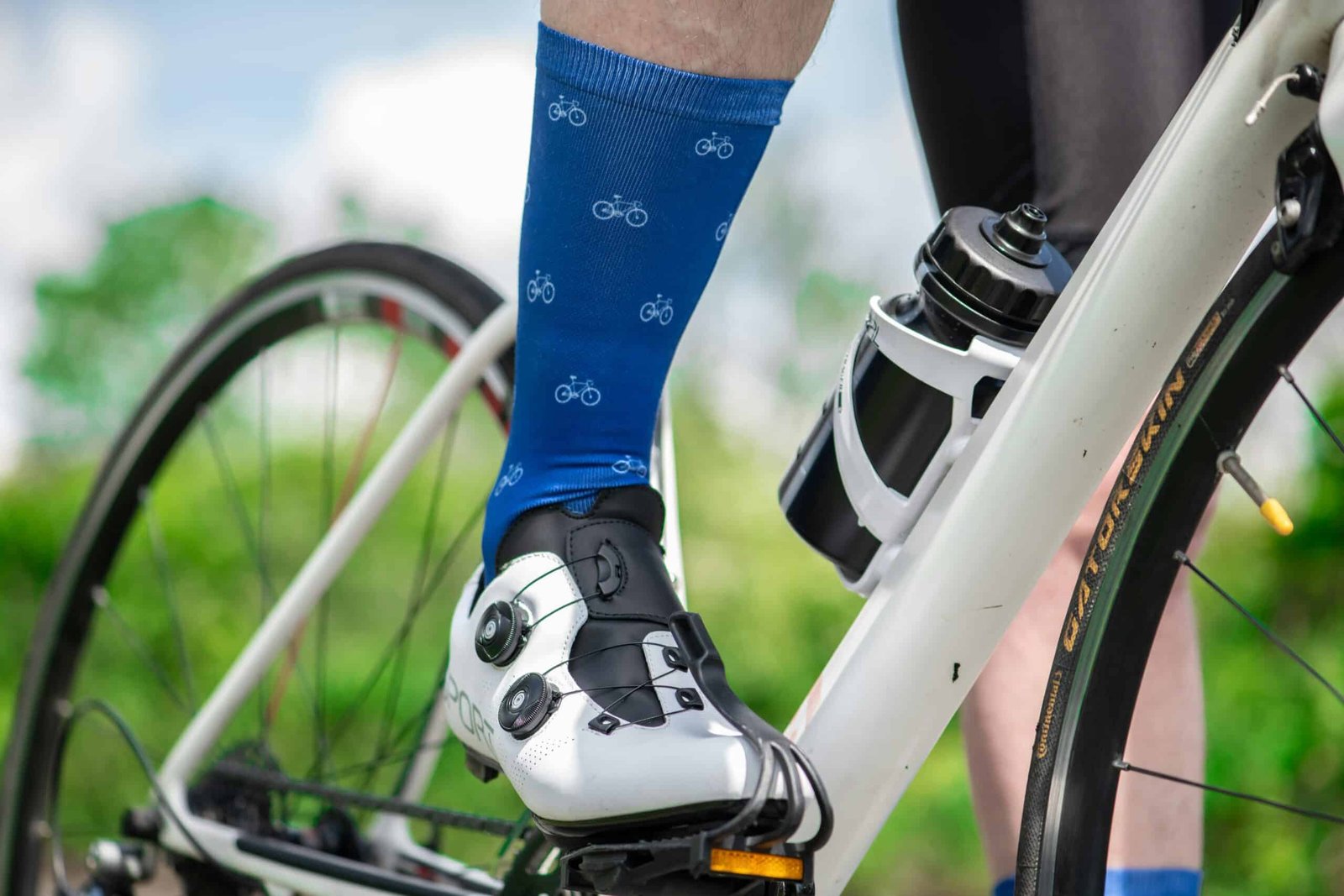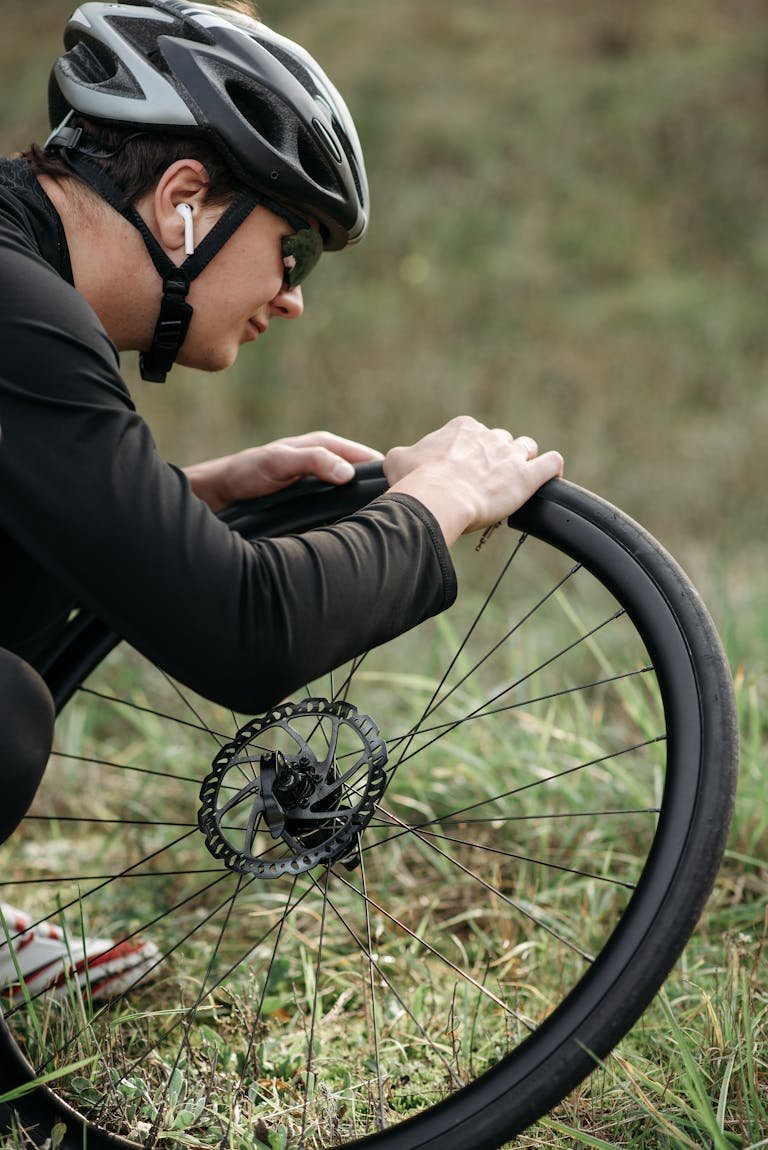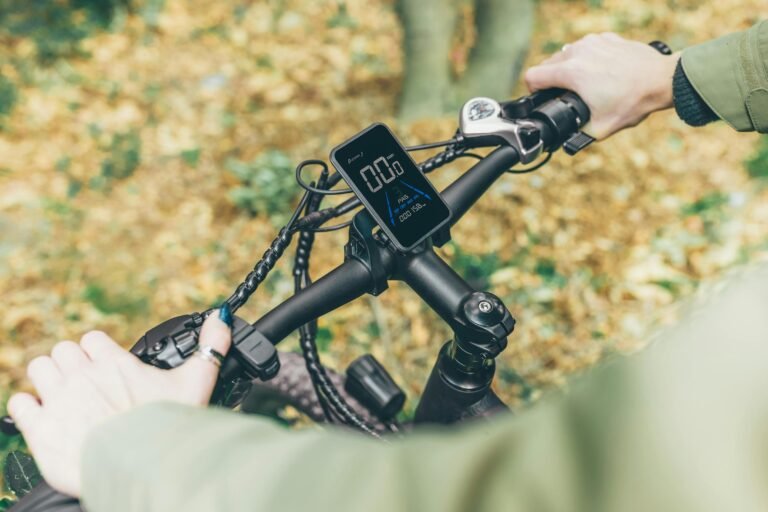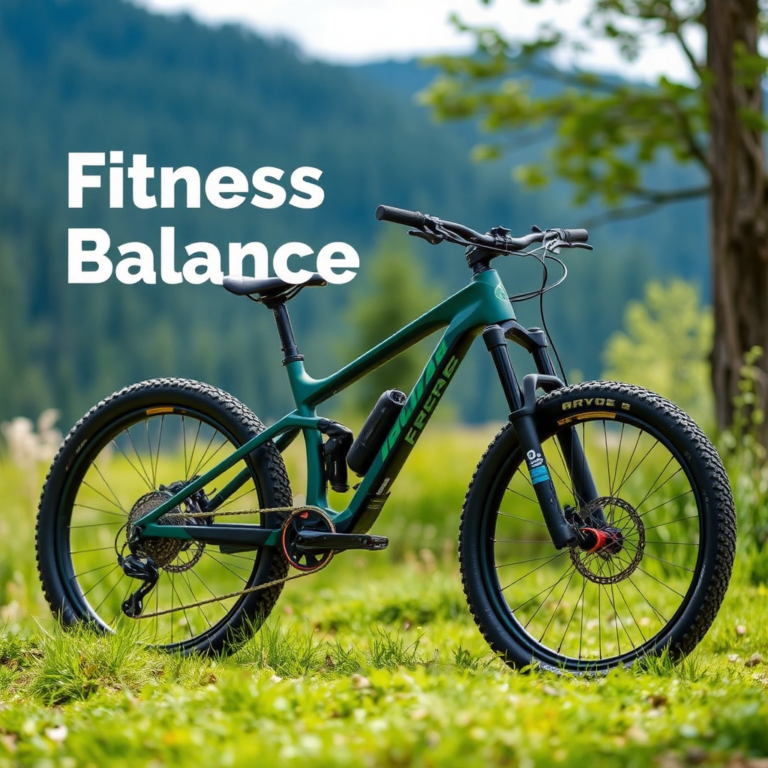Wearable Power Meters in Cycling Technology: The Ultimate 2025 Guide
Wearable Power Meters in Cycling Technology: A 2025 Guide
Cycling enthusiasts, it’s time to level up! Wearable power meters are taking the cycling world by storm in 2025, revolutionizing how riders train, measure performance, and optimize every pedal stroke. These compact gadgets are jam-packed with high-tech features, offering unparalleled convenience and data-driven precision for athletes at all levels. Whether you’re a competitive cyclist or a weekend hobbyist, incorporating wearable power meters into your rides can help you smash your fitness goals like never before.
What Are Wearable Power Meters?
Wearable power meters are devices that measure your cycling power output—how much energy you’re pushing through your pedals—via portable sensors worn on your body rather than being mounted on your bike. In 2025, these advanced tools come in a variety of styles like smart insoles, arm bands, and even multisport smartwatches. I’ve done a deep dive on Cycling Technology, you can check out my article here.
Unlike traditional bike-mounted power meters, wearable power meters are lightweight, flexible, and easy to use across multiple bikes. Cyclists love them for their portability—whether you ride indoors, switch between bikes, or take your gear on cycling vacations, wearable meters make adaptability a breeze. These features make training smarter and more accessible for everyone, from pros chasing peak performance to beginners aiming to build their endurance.

Types of Wearable Power Meters in 2025
With cutting-edge advancements in wearable technology, cyclists now have more ways than ever to track and optimize their performance. These innovative power meters bring unparalleled convenience, precision, and versatility to your training.
Let’s explore the most exciting options available in 2025:
🔹 Smart Insoles and Shoe-Based Power Meters – Precision at Every Pedal Stroke
Your feet are the powerhouse of your ride, and shoe-based power meters measure every ounce of force you generate. Smart insoles provide real-time insights into pressure distribution, balance, and energy transfer, ensuring pinpoint accuracy with every pedal stroke.
- Top brands: Garmin Rally, LOOK Exakt, BTD Power Meter
- Key benefits:
- Directly measures power from foot pressure
- Improves pedaling efficiency and balance
- Seamless integration with cycling apps and power-based training plans
- Standout model: The BTD Power Meter, featuring:
- Real-time power tracking for immediate performance insights
- Automatic cadence calibration for effortless setup and accuracy
🔹 Cleat-Based Power Meters – Clip On and Ride Smarter
For cyclists who value simplicity without sacrificing precision, cleat-based power meters are an ideal solution. These compact, clip-on devices attach directly to your cleats, offering a streamlined way to track wattage output without complex installations.
- Top model: Zone DPMX Power Meter
- Why it stands out:
- Uses piezoceramic sensors to track muscle activation and biomechanics
- Helps fine-tune pedaling efficiency for optimized power output
- Provides deeper insights into performance without interfering with riding mechanics
🔹 Multisport Smartwatches with Embedded Power Sensors – The Ultimate Training Companion
Why stop at cycling? Multisport smartwatches are now more powerful than ever, offering built-in power tracking for athletes who train across multiple disciplines. In 2025, Garmin and Polar lead the pack with feature-rich models designed for seamless performance tracking.
- Best for: Triathletes, endurance athletes, and cyclists who train across multiple sports
- Key features:
- Tracks cycling power output, cadence, and heart rate in one device
- Works seamlessly for running, swimming, and gym training
- Connects effortlessly with cycling apps like Zwift, Strava, and Garmin Connect
How Wearable Power Meters Work
Understanding the tech behind wearable power meters is just as fascinating as using them. These devices rely on cutting-edge sensors such as strain gauges, accelerometers, and gyroscopes to measure precise power data. They collect metrics including wattage output, cadence (how fast you’re pedaling), and torque (force applied).
Once synced with cycling apps like Zwift, Strava, or Garmin Connect, this data is transformed into actionable insights that help you improve your performance. Whether you’re tweaking your sprinting power, keeping a steady pace during long rides, or optimizing recovery days, the metrics provided by wearable power meters are a game-changer.
Top Wearable Power Meters in 2025: A Comparison

How Wearable Power Meters Compare to Traditional Power Meters
Gone are the days when the only way to measure cycling power was through a crank arm or pedal-mounted device. Traditional power meters are still great for accuracy and advanced performance monitoring, but they’re often limited to a single bike and can be a pain to install. Wearable power meters, on the other hand, deliver unmatched portability and practicality. Whether you’re swapping bikes, traveling, or training indoors, they make your life easier. They’re also generally more cost-effective, with many models sitting well below the $1,000 mark—a solid win for the budget-conscious cyclist.

Benefits of Wearable Power Meters for Cyclists
- Smarter Training Data: Wearable power meters provide detailed, real-time feedback to help you build speed, endurance, and overall fitness.
- Ultimate Convenience: Their portable design allows you to use them across multiple bikes, whether on the road, indoors, or on vacation.
- Better Accessibility: With wearable devices becoming more affordable, even amateur cyclists can access pro-level data tracking.
Limitations and Challenges
Like any technology, wearable power meters face their share of challenges. Some cyclists have noted that they lack the hyper-precise accuracy of traditional power meters. Battery life can also be a concern, especially for long rides or multi-day tours. Compatibility issues with certain apps or devices may also pop up, though these are diminishing as integration standards improve.
How to Choose the Right Wearable Power Meter for Your Needs (2025)
Picking the perfect wearable power meter boils down to your specific cycling needs. Here are some key factors to consider:
- Accuracy: Power-focused cyclists may want a device that excels in precision, like smart insoles.
- Budget: Affordable options like arm bands or entry-level smartwatches are fantastic for casual riders.
- Ease of Use: Devices with simple setups and intuitive interfaces save time and hassle.
- Connectivity: Ensure your wearable integrates smoothly with your favorite apps and devices.

The Future of Wearable Power Meters in Cycling Technology
The future is looking absolutely nuts for wearable power meters! Expect even more innovations, including artificial intelligence for predictive analysis, ultra-durable materials for extreme conditions, and further miniaturization to keep these gadgets small but mighty. Expect wearable tech to drive competitive cycling into new dimensions as more athletes rely on it to gain a strategic edge.
Final Thoughts
Wearable power meters represent the future of cycling technology. From their portability and convenience to their robust performance tracking, these devices are transforming how cyclists train and compete in 2025. No matter your level of experience, embracing wearable power meters can unlock a treasure trove of insights to elevate your cycling game. It’s time to ride smarter, not just harder.
Related Posts and Resources
- Smart Bike Trainers: 2024 Best Picks with Features and Benefits
- How to Improve Cycling Endurance in 2025: 5 Proven Strategies for Cyclists
- The Ultimate Guide to Cycling Technology and Gadgets in 2025
- How Do You Adjust Bike Brakes? A Step-by-Step Guide for 2024
- Recumbent Bike Benefits: The Ultimate Guide to Comfortable Cardio







